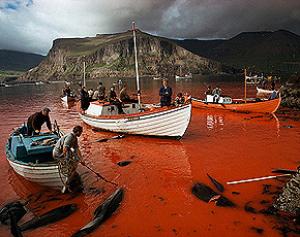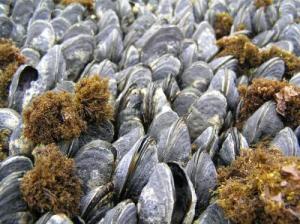There was something peculiar about dolphins that stumped prolific British zoologist Sir James Gray in 1936.
He had observed the sea mammals swimming at a swift rate of more than 20 miles per hour, but his studies had concluded that the muscles of dolphins simply weren't strong enough to support those kinds of speeds. The conundrum came to be known as "Gray's Paradox."

© Rensselaer/Tim WeiA single frame from a research video tracking the flow of water around Primo, a retired U.S. Navy bottlenose dolphin, with visualized information illustrating the water flow. The arrows indicate in which direction the water is moving, and the colors indicate the speed. The red and dark blue arrows signify the fastest-moving water.
For decades the puzzle prompted much attention, speculation, and conjecture in the scientific community. But now, armed with cutting-edge flow measurement technology, researchers at Rensselaer Polytechnic Institute have tackled the problem and conclusively solved Gray's Paradox.
"Sir Gray was certainly on to something, and it took nearly 75 years for technology to bring us to the point where we could get at the heart of his paradox," said Timothy Wei, professor and acting dean of Rensselaer's School of Engineering, who led the project. "But now, for the first time, I think we can safely say the puzzle is solved. The short answer is that dolphins are simply much stronger than Gray or many other people ever imagined."


